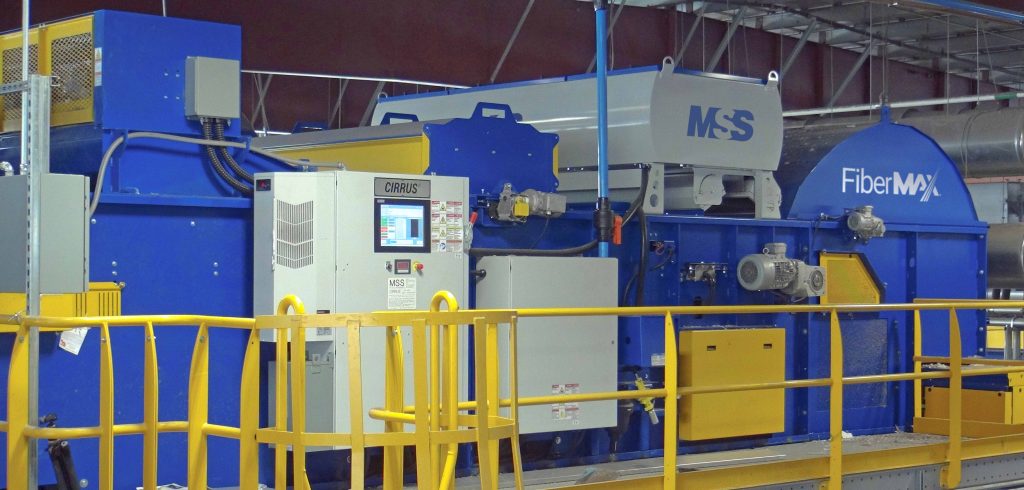From the article “Depending on the Variables,” published in Recycling Today, July 3, 2017
While optical sorters commonly are used to sort paper in material recovery facilities (MRFs) that handle single-stream commercial material, their use on residential fiber sort lines is increasing for a variety of reasons, according to industry source.
For MSS Inc. in Nashville, Tennessee, contamination is one of the greatest factors to consider when adding optics on the fiber lines of residential MRFs. This is because, Sales Director Felix Hottenstein says, “on the residential side, we’re using it to clean up news or mixed paper, not to sort higher grades.”
Residential MRFs that use MSS optical sorters have two things in common: high volumes and high contamination levels. However, he adds, “You need to have the right volume and material coming in that’s not too contaminated, or else you won’t get a higher grade.”
 Optical sorters typically are installed in residential MRFs when they operate at 25 tons to 30 tons per hour with an average material stream composition. If the tonnage is lower, installing an optical sorter isn’t justifiable unless the material is extremely contaminated.
Optical sorters typically are installed in residential MRFs when they operate at 25 tons to 30 tons per hour with an average material stream composition. If the tonnage is lower, installing an optical sorter isn’t justifiable unless the material is extremely contaminated.
Hottenstein says MSS customers using optical sorters on their residential fiber lines offer three reasons for doing so: improved technology, reduction of manual labor and improved material quality.
Hottenstein says eight hand sorters on a line can make about 400 picks per hour, but optical sorters can make about 2,000 picks in that same time
“The savings on the manual labor is the last reason,” he says of MRF operators objectives when adding optical sorting on their residential fiber lines.
While optical sorters normally are used to sort plastic bottles, MSS can replace the sensor head and reroute the conveyor to sort fiber.
Hawn suggests moving from the VIS-NIR (visible near-infrared) spectroscopy typically found in MRFs to either a SWIR (short-wave infrared) or IR (infrared) spectroscopy to segregate fiber, but he says some suppliers are using IR thermography to sort by grammage (thickness).
“For that technique to work, you need to have control on your infeed material’s temperature and humidity,” he says.
While making the plunge to install an optical sorter on a residential MRF’s fiber line can be intimidating, Hottenstein says the advancing technology makes the justification undeniable.
“I think we made quite a big step in the last two years, especially in the last two to three months,” he says. “It’s a matter of whether you save enough labor to justify it. New specifications and the need for cleaner paper from the China situation may cause more need for optical sorters, especially on the residential side. Bigger machines are more expensive, but you have to do what you have to do. You either have to save money or make money.”
